#ratite
Text


Southern Cassowary (Casuarius casuarius), family Casuariidae, order Casuariiformes, Etty Bay, northern Australia
photograph by JoeandDianne Smith
495 notes
·
View notes
Text
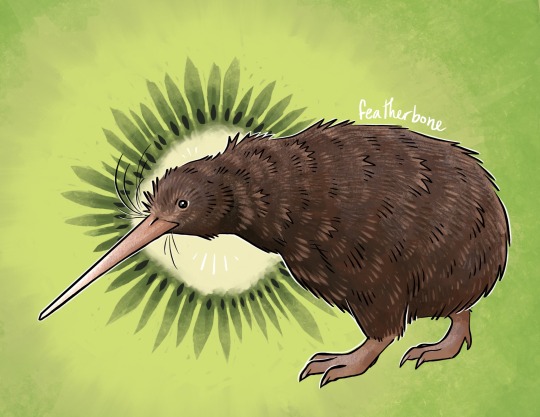
[ID: an illustration of a fluffy brown kiwi bird facing to the left. The background is green with a pattern like the inside of a kiwi fruit. End.]
Kiwi! Iconic flightless bird of New Zealand. Their eggs are the largest proportional to body size of any bird, at up to one-quarter the weight of the bird laying them.
383 notes
·
View notes
Text
if you’ve ever heard the expression ‘don’t put all your eggs in one basket’ i suggest looking at a Rhea nest

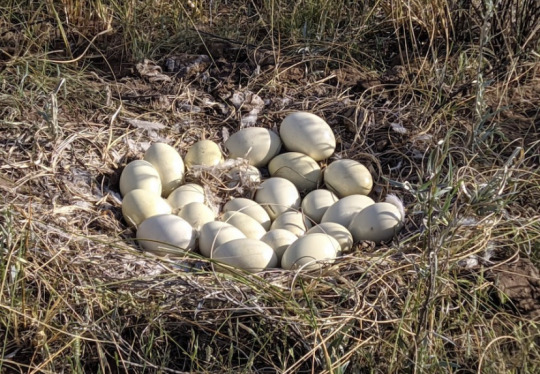

(They’re polyamorous, and often have group nests that can reach 80 eggs!)
2K notes
·
View notes
Text


#it would be cassowaries btw#unless the emus grouped up#both would kill any human in a fight tho#biology#zoology#ecology#animals#australia#australian animals#nature#emu#fauna#cassowary#birds#Casuariiformes#bird#ratite
3K notes
·
View notes
Text
let’s talk about the kiwi!!

(an info-dump about one of the weirdest, most scientifically interesting birds we know of today!)
so, we’ve all heard about ratites, right?
well, maybe you don’t know them by name, but you’ve most certainly either heard about them or seen them at some point.
some commonly known members of the ratite group are species like ostriches, emus, and cassowaries— as shown below:
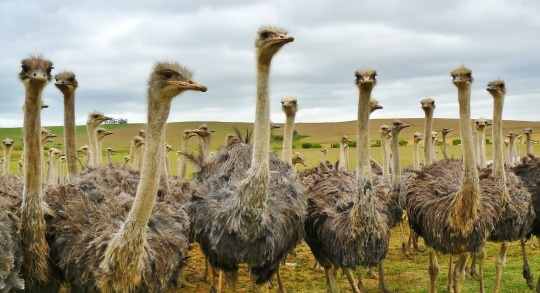
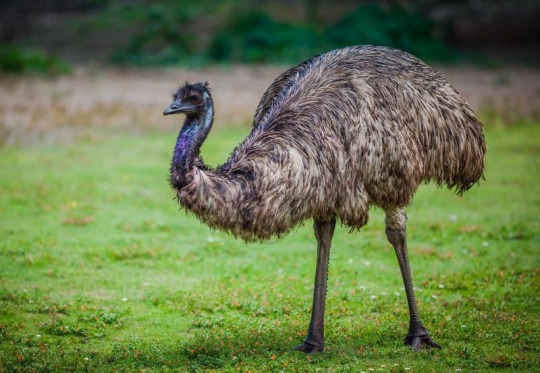
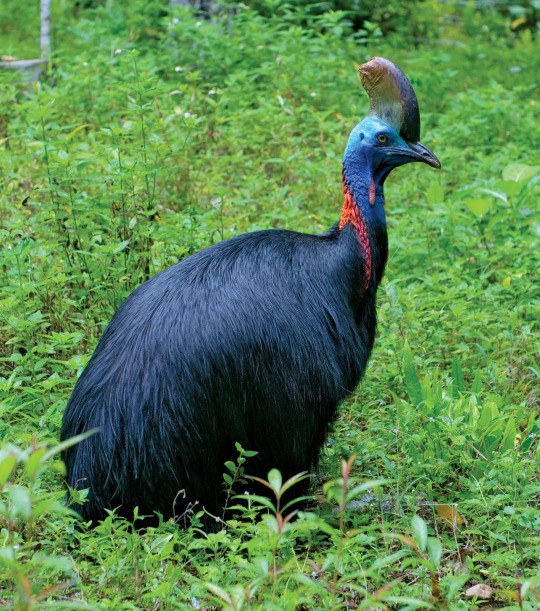
ratites are all flightless birds within the infraclass palaeognathae— the infraclass that none other than the (now extinct) moa and elephant bird belong to!
now, these birds all share very similar characteristics; they’re large, long-necked, and long-legged with big clawed feet. all of these birds are also diurnal— which means they’re primarily active during the day time, just like us!
however, there is one species in this infraclass that is not quite like the others..
the kiwi.
not only are kiwi significantly smaller than their fellow ratites, but they also happen to be nocturnal.
and despite being small, their eggs are incredibly large, taking up to around 20% of the kiwi’s body weight, which has caused a lot of rigorous debate between scientists on exactly why.
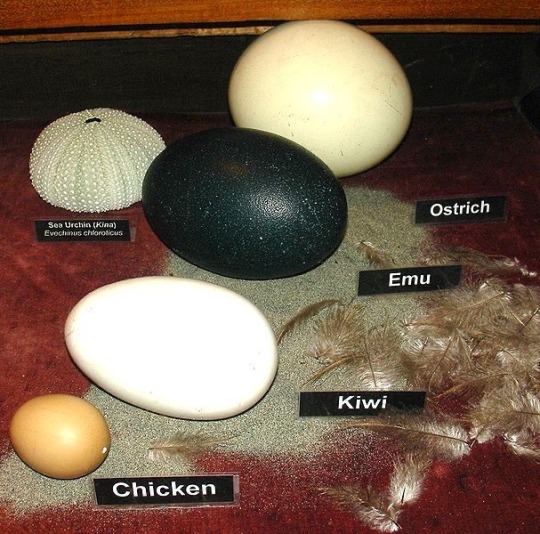
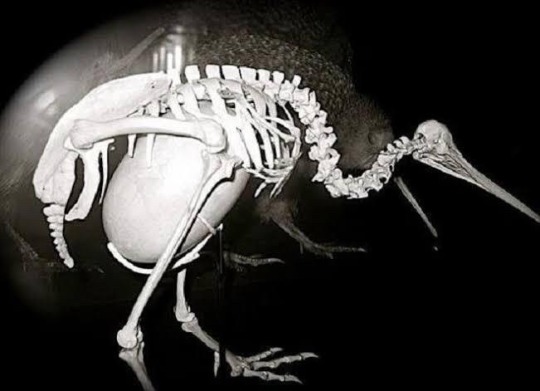
one outdated theory suggested that perhaps the kiwi had shrunk over time from previously being very large like its ratite relatives, while its egg remained big…. but this has been debunked in recent years.
the current consensus, while still a theory, is that the egg size has to do more with precocity than anything else;
kiwis are born precocial, which makes them pretty much immediately independent upon hatching, with the ability to run and feed themselves without the help of their parents.
modern DNA analysis suggests that the size of kiwi eggs is not just a left-over trait from ‘incomplete’ evolution, but instead the exact opposite— an evolved adaptation to ensure better chances of survival.
due to their sheer size, kiwi eggs house more yolk than average, which ends up keeping newly hatched kiwis nice and fed until they learn to forage food for themselves.
when mammals began to spread in new zealand, kiwis had way more predators to worry about, and it’s theorized that they were previously unequipped to deal with this startling introduction of land-predators, such as stoats and rats, that started feeding on their eggs.
this could explain why kiwi eggs have developed to be so large over time— they give the chicks plentiful nutrients and thicker shells to ensure a better chance of survival against predation.
so… yeah. kiwis produce monster eggs and no one fully knows why just yet. neat, huh?
and that’s not even where the weirdness ends, my friends!
on top of all of this, it’s been a running joke in the bird world that kiwis are ‘honorary mammals,’ not only because of their weirdly mammalian appearance, but also because of some of their atypical biological traits.
for instance, kiwis have an average body temperature of around 38 degrees celsius .. aka, 100 degrees fahrenheit.
while this is not typical at all for birds, this is very typical for mammals, which has stumped a lot of researchers over the years.
similarly, kiwis are also the only bird in the world with exposed nostrils at the end of their beak, which can help them detect prey by using scent instead of their vision, which is very poor.
so… yeah. kiwis are the nocturnal, freakish little cousins of some of the biggest, most dangerous birds on the planet, and scientists are, quite frankly, still a little weirded out by them.
#let me know if you all want more infodump posts like this!#this was fun:)#kiwi#kiwi bird#ratite#palaeognathae#apterygidae#birds#birdposting#bird facts#animal facts#biology facts#science#birdblr#informative#daemnblogging
51 notes
·
View notes
Text

T H I S T H I NG
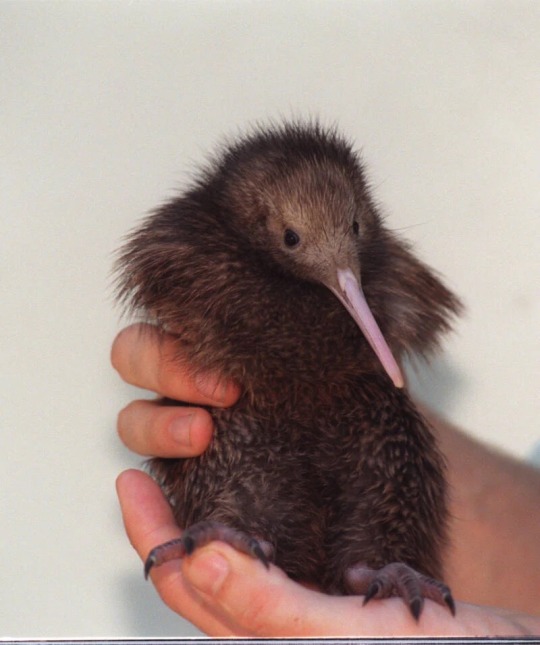
this. This is the closest living relative to the elephant birds
You know, the biggest birb ever
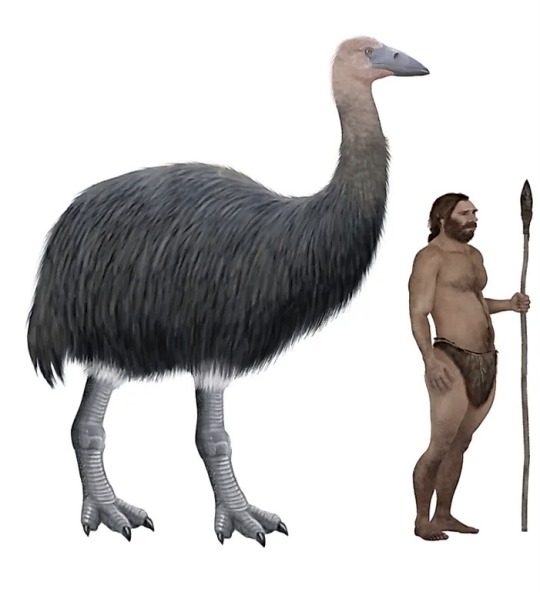
I think

like what
Why are ratites like this
#ratite#ratite taxonomy#kiwi#kiwi bird#elephant bird#goober#dinosaur taxonomy#dinosaur#wtf#bird#bird taxonomy
33 notes
·
View notes
Text
Required: soft, cushioned moss
19 notes
·
View notes
Photo

I’m back w/ some fakemon!
A new evo for dodrio - evolves when traded holding a dragon scale
They are island giants, seemingly gentle herbivores that become enraged when threatened.
248 notes
·
View notes
Text
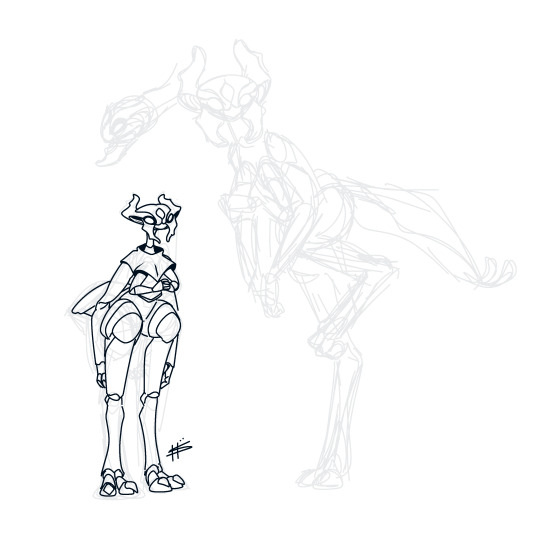



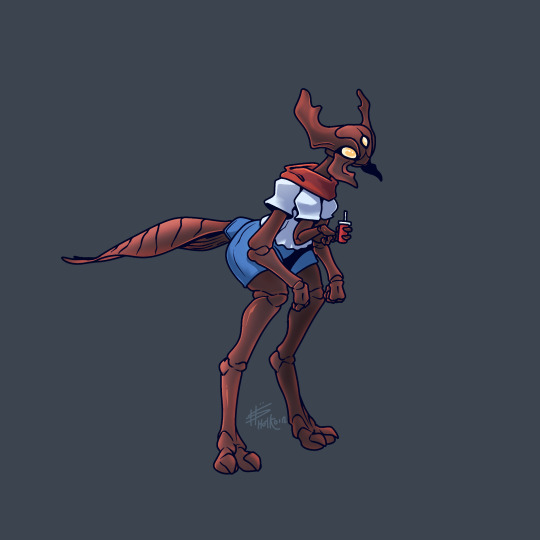
Ratite leg
156 notes
·
View notes
Text

Cassowaries, the smaller, deadlier Australian Ratite.
While adult cassowaries are a smidgen shorter than their Emu Cousins, they weigh almost double and could break bone with a kick.
In reality Cassowaries are not out there chasing down innocents (Unless you're a dog but that might be due to dingoes/feral dogs rather than viscous intent). Cassowaries are solitary frugivores who only become aggressive while protecting young or if they associate people with food.
Much like emus, the dad does all the parenting! Miss Cassowary will lay her eggs and then move on to the next male.
(Also I'm not sure why they always get netted enclosures, if you know, let me know!)
7 notes
·
View notes
Text

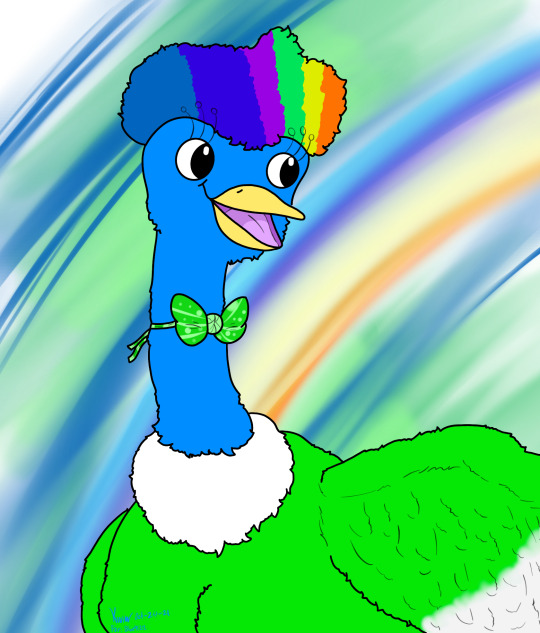

(Drawn on Oct, 2021 - Jan, 2022)
Artworks of my +100 Milestone on twitter!
3rd, Headshot: TaviBlu
2nd, Half-Body: Blue91212/Approxostrich
1st, Full-Body+Background: Shockwood204
I was too confident and thought I could handle doing a background AND CEL-SHADE IT. It was way beyond comfort zone so it took long to figure out and complete…
2 notes
·
View notes
Text

84 Doduo, 85 Dodrio
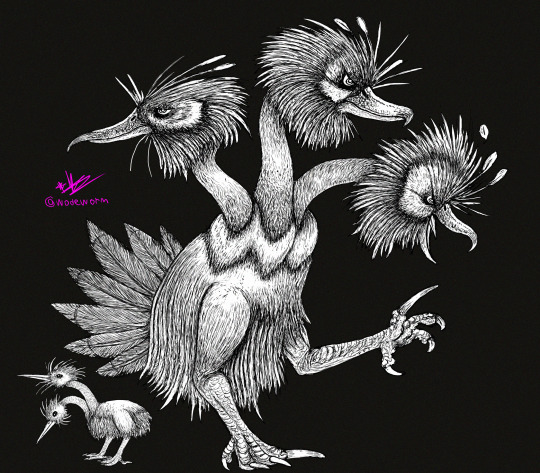
#pokemon#digitalart#wodemon#pocketmonster#pokenart#doduo#dodrio#birdchimera#monster#creaturedesign#digital art#creature#art#Ratite#flightless bird#flyingtype
12 notes
·
View notes
Text


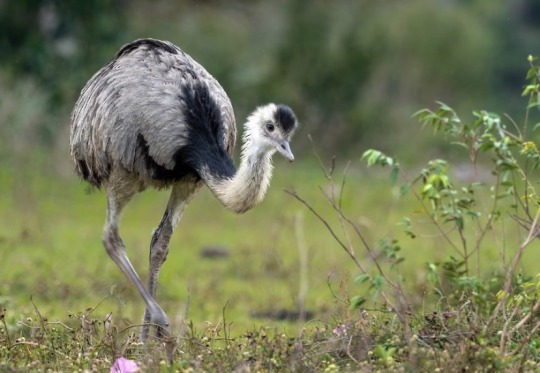
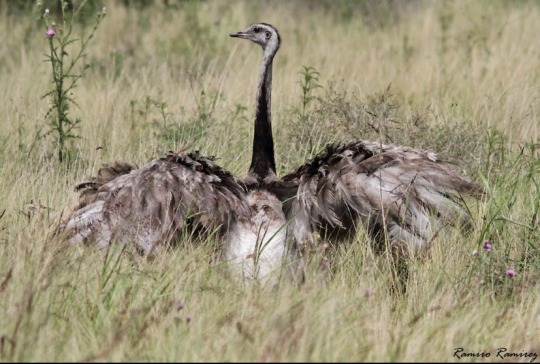



the greater rhea is a large ratite (member of the same family as ostriches and emus) native to eastern portions of south america. they are the largest bird native to the americas, at just below five feet in height, weighing up to 60 lbs. they have also established a feral population in germany, surpassing 500 birds as of 2018. as domestic animals, the rhea has been known to serve many purposes for humans - meat, eggs, leather, and even rhea oil, used for cosmetics. these birds are largely fearless, which can make them vulnerable to introduced predators. they often travel in flocks of 10-100 when not in the breeding season. they are entirely flightless. the rhea is polygamous, and eggs are incubated en masse in shared nests, sometimes reaching 80 eggs to a nest.
#greater rhea#rhea#bird#birblr#ratite#finally. the moment you’ve all been waiting for. it’s rhea time
832 notes
·
View notes
Text
Lemuria: The Dreaded Titicula
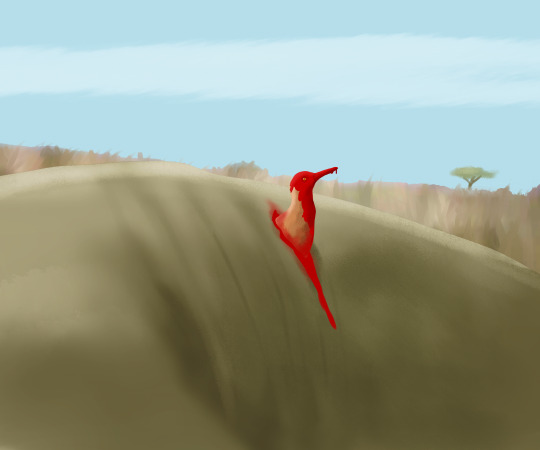
Young Titicula emerging from an elephant wound. By Dave Garcia.
The island of Lemuria is home to a staggering mammalian megafauna, ruled over by large birds of prey. Yet, few creatures inspire as much fear in the prey mammals – including human beings – than the Titicula, Drepanorhamphus sarcokatastrofeas.
About the size of a sparrow, the Titicula is a very odd bird. A lemurornithid – a flying paleognath related to elephant birds and kiwis – it bears the hallmarks of this clade’s weirdness: pamprodactyl fuzzy feet, puffy degenerate hindwings, no tail feathers. It also has some weird traits of its own; alongside flamingos it is the only vertebrate in which the rictus extends past the orbit, almost reaching the nares in a fleshy “cheek”, in its case housing glands that produce a strong antiseptic, the birds licking over wounds in order to prevent infection and allow cellular regeneration. Males tend to be slightly larger than females and have black bands on their shoulders, but both sexes are generally not very dimorphic, both possessing a primarily brown spotted plummage with a white underside. They do, however, diverge in the beak.
Native to western Lemuria, the Titicula’s range extends across savannahs, scrubland, semi-desert and open forest biomes, reaching all the way to montane grassland mosaics. It is a mostly nomadic animal, though some montane populations are migratory, wintering in the lowlands. Bearing a long, slender beak, the Titicula is mostly a terrestrial forager, probing the ground for insects and other invertebrates, occasionally also feeding on seeds, small vertebrates and nectar. It is a largely crepuscular animal; it’s closest relatives are the nocturnal jeeper-creepers and the cathemeral anteater birds, from which it diverged around five million years ago, suggesting that the common ancestor between these taxa was already specialised to forage on lowlight conditions.
Titicula generally breed during monsoon months, which is where a dramatic shift from their usual lifestyle takes place. Males, which already have atypically serrated bills, develop longer keratinous “teeth” with distinctive inner grooves. During this period they produce a strange substance in their saliva, that often bubbles up, making them look rabid. These are adaptations to the bird’s atypical and terrifying breeding habits.
The first thing the male does after developing these features is search for a large mammal. Pretty much every lemurian mammal species that weights more than 50 kg is at risk, but the Titicula has a special prefference for elephants and large gondwanatheres. The male Titicula is rather picky about its target, usually preffering healthy males or lactating females. Once he finds a suitable target, the male flies up to it and bites, injecting the substance as rapidly as possible. Then he flies off, and waits. The saliva substance contains a strong neurotoxin that paralyses the victim for the span of an hour or more, inducing a state akin to sleep paralysis. The notoreceptors are left unaffected, and may actually become more sensitive.
Once the animal can’t fight back, the male begins his gruesome work, biting through the flesh with his serrated beak. Usually he takes advantage of already existing wounds, but he is perfectly capable of perforating thick hides on his own. Regardless, he will eat his way, creating a 30 cm deep tunnel, carefully angled as to not chance into vital organs or major blood vessels, yet lodged deep enough so that its impossible for the victim to crush him to death once he’s inside. As he eats, he licks the surrounding flesh, spreading his antiseptic substance to help the victim remain infection free and suffer less from bloodloss. At the end of the tunnel, he forms a cavity up to twice larger than himself.
Once this is done the male will emerge from the hole, remaining in the vicinity of the victim as the effects of the neurotoxin pass. As he follows about he emits infrasound calls barely perciptible to human ears, warding off rivals and attracting mates. Once a potential partner appears, the male will lead towards the victim. If the female aproves, they mate, and the male afterwards paralyses the victim, allowing her to enter and deposit one or two eggs. This may go on for a couple of days, where the male will copulate with about three or four females and gather up a small clutch, before he permanently enters the cavity. Sometimes a rival male may be drawn by the calls and kick him and his eggs out, leaving the exiled male to start again the next year.
If things go without interruptions, however, the male will stay inside the victim, incubating his eggs for about two months. Periodically he will leave to deposit his bodily waste outside of the whole, the entrance becoming postule-like and full of pus, and occasionally he will eat chunks of flesh from the victim. Most of the holes are strategically located in the vicinity of adipose tissues, the male favouring the victim’s fat over other tissues. In the first few weeks the male is rather cautious about feeding, avoiding harming the victim, but as the incubation period nears its end he will become less hesitant, often eating indiscriminately and beginning to expand the tunnel. A Babana specimen was discovered with a two meter long tunnel inside, the bird having eaten around in several loops.
After hatching the chicks will remain inside the host for a few days, the male kicking out the shells. Already born with flight feathers, they soon climb out of the tunnel, leaving the host to forage outside. The male follows after, leaving the victim at last, his keratinous “teeth” falling off. He will look after his young for another month or so, before they fly off to start their own lives. Sexual maturity is reached at around 5 years of age, and individuals may not breed up to a 2 year interval.
The Titicula’s terrifying and gruesome breeding habits is one of Lemuria’s most mysterious adaptations. Based on genetic data, the Titicula is a very recent species, probably having evolved in the Pliocene. The oldest unambiguous evidence is a possible early Pleistocene Cawlanga skeleton in northwestern Lemuria, possessing ribcage bite marks that fit the male Titicula’s tooth-like serrations. How this method of breeding came into being is unknown, something made even more jarring given how the Titicula doesn’t possess obvious marker habits like commensal parasite feeding, nor do its closest relatives. A hypothesis is that its ancestors might initially have laid eggs on corpses, switching to live animals to avoid predation from scavengers. However, this behaviour is not observed in its closest relatives, nor does it explain the acquisition of its venom.
Suffice to say, the bird’s violent activities do take a toll on the victim. Though the insides are rendered infection-free, the end postules may develop necrosis, younger animals may die of shock and adipose tissue deprivation, and the mental trauma is very severe, particularly in elephants. However, there is a surprising beneficial aspect to this lifecycle. Most of the victims have improved immunological systems, suffering from grave infections and parasites less frequently than non-targetted individuals, and it seems that the antiseptical substance may significantly decrease the risk of cancer. Animals that do survive the first infection are likely to live longer, healthier lives, and posterior Titicula attacks will generally be less fatal, as the birds preffer to use already opened wounds to creating new ones.
Because Titicula target human beings, it has been suggested to have been one of the reasons why early hominid populations were restricted to the wetter eastern peninsulas, their rainforest habitats less attractive to these parasite birds. To the various lemurian cultures, reverence and disgust mark human relationships with this bird. Archaeological evidence is rife with pathological telltales of Titicula infections, and some cultures even encourage them, believing that individuals strong enough to survive the process emerge stronger as a result. The spread of Sammangal farming allowed the spread of open environments in which these birds thrived, further expanding their range across Lemuria. Lemurian Buddhist texts refer to the Titicula as one of the five great diseases, seeing it as a great source of suffering. Yet, attempts to eradicate this bird, both under Indian and European colonial rule, have proven fruitless, as not only is it adaptable but various cultures continued to prommote its infections in medicine.
There are naturally various names for the Titicula across Lemuria’s languages. The name itself comes from a francophone version of Common Werer tik-tik-va, “flesh biter”, first reccorded by George Cuvier, and certainly popularised due to its similarities with “Dracula”. Other names include Soreopeia tavanga (“organ raker”), Wava icharaia (“who causes suffering”) and Lemurian Tamil ceypavala (“torturer”)
Truly one of Lemuria’s most intriguiging life forms, the Titicula is rightfully feared, but wonderfully demonstrates the extremes natural selection can provide.
2 notes
·
View notes
Text
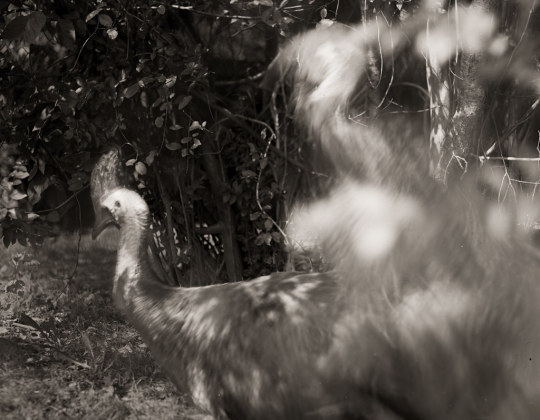
4 notes
·
View notes
Text

Reminder that this is the closest living relative to moas
You know these dudes

Art by Gabriel Ugueto

Kiwis are a completely other story.
5 notes
·
View notes